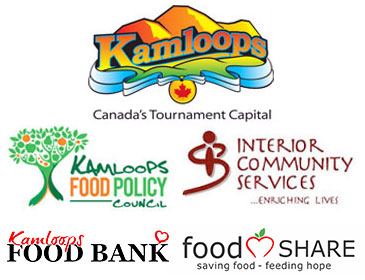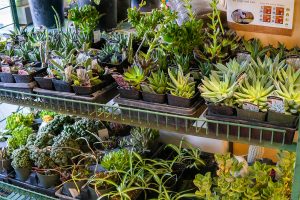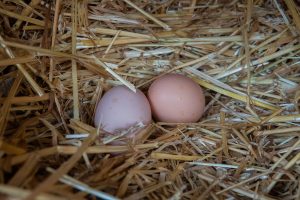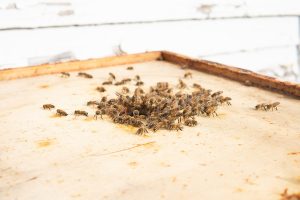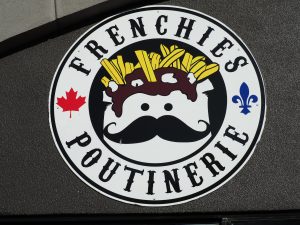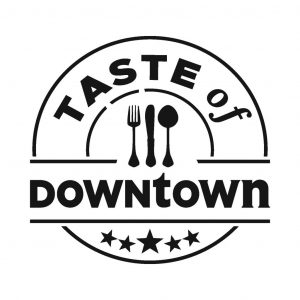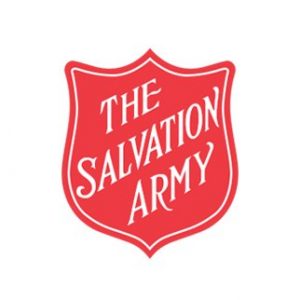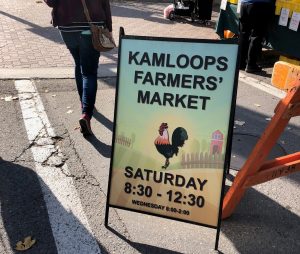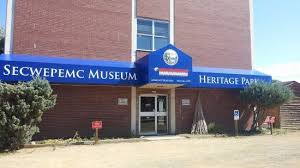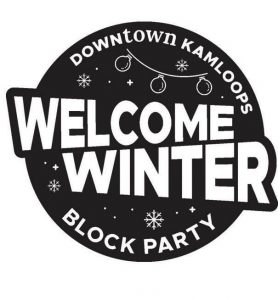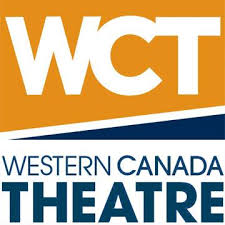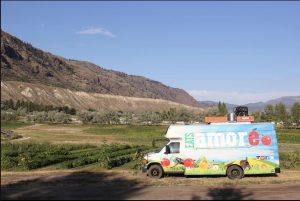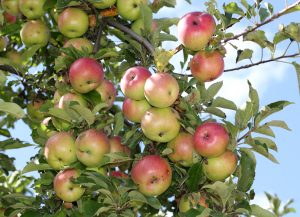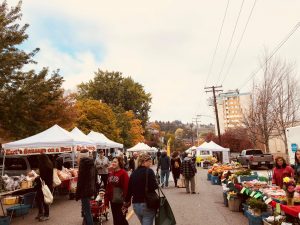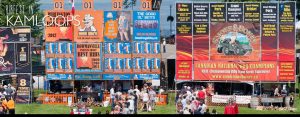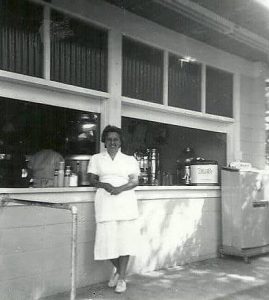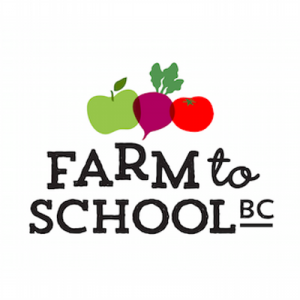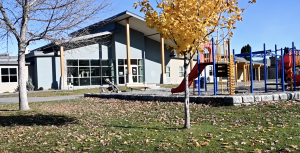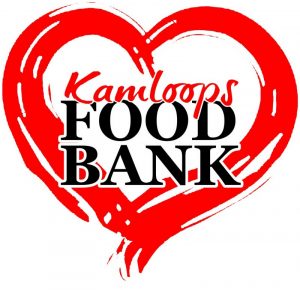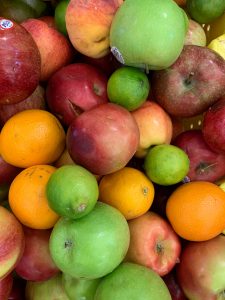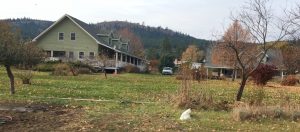FoodLoops: Kamloops
Welcome! FoodLoops is a cultural deep mapping project by students in Communications 3700 at TRU. Using the Kamloops Food and Urban Agriculture Plan as a base, students over two years of the course formed groups and set out to research and tell some stories of citizens who are passionate about local food production, food distribution, food festivals and events, food literacy, building community through food, and food assistance in Kamloops. During the Fall 2018 semester, we mapped the three neighbourhoods that make up Downtown: Sagebrush, City Centre, and the West End. In Fall 2019, we mapped the North Shore. We thank the City of Kamloops, the Kamloops Food Policy Council, the Kamloops Food Bank, and Interior Community Services for their guidance and support. We are also very grateful to the people who allowed us to share their passion—thank you so much for participating in our map. Questions or comments? Please contact Professor Kathleen Scherf.
Start exploring different FoodLoops stories using the various pinned locations below.
Downtown
North Shore
What is a Deep Map?
In our class project, we seek to map the stories of citizens who are passionate about local food culture, with the goal of increasing interest in this topic.
A deep map uses the advantages of digital technology to “deepen” a conventional two-dimensional map to depict a sense of a place, rather than merely a geographical location. Such a map can convey both tangible and intangible elements of a community. In this way, it is possible to “map” a culture. In this case, we noted a strong citizen interest, backed by municipal planning documents and policies, as well as by the activities of organizations and agencies, in the local food system, from production through processing, distribution, education, assistance, events, and waste strategies. The City of Kamloops’ Food and Urban Agriculture Plan is a thorough treatment of all these issues, and provides a framework for moving ahead toward a sustainable and safe local food system.
